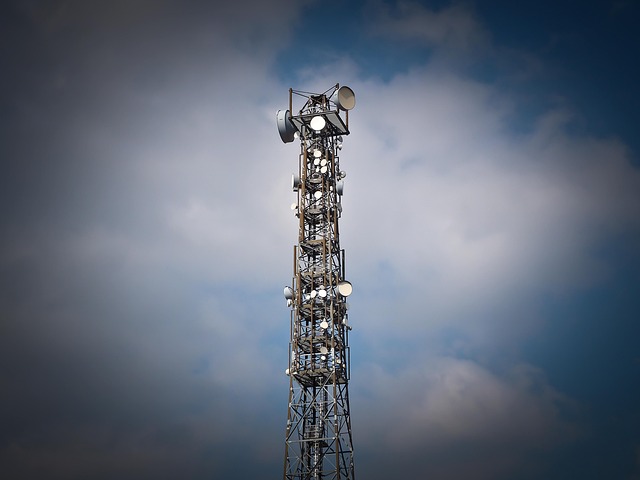
Control Measures For Dust in The Workplace
Introduction
Dust is a common hazard in various workplaces, particularly in industries such as construction, manufacturing, and agriculture. The presence of dust can lead to serious health issues, including respiratory problems, skin irritation, and other long-term health effects. Therefore, it is essential for employers to implement effective control measures to minimize dust exposure and ensure a safe working environment.
Understanding Dust Hazards
Dust can originate from numerous sources, including construction materials, machinery, and natural elements. The size and composition of dust particles can vary significantly, influencing their potential health impacts. For instance, fine particulate matter can penetrate deep into the lungs, posing greater health risks than larger particles. Understanding the specific types of dust present in a workplace is crucial for determining appropriate control measures.
Legal Requirements
Employers are mandated by the Control of Substances Hazardous to Health (COSHH) Regulations to assess and manage risks associated with hazardous substances, including dust. This legal framework requires employers to implement effective control measures that reduce dust exposure to acceptable levels. Failure to comply with these regulations can result in significant legal and financial repercussions.
Control Measures
Effective dust control measures can be categorized into several strategies, which should be employed in a hierarchical manner:
- Elimination or Substitution: The most effective way to control dust is to eliminate the source of dust generation. If elimination is not feasible, substituting hazardous materials with less harmful alternatives can significantly reduce dust exposure.
- Engineering Controls: Implementing engineering controls involves modifying processes or equipment to minimize dust generation. This may include using water sprays, dust extraction systems, or enclosed machinery to contain dust at the source.
- Administrative Controls: Administrative measures involve changes in workplace practices and policies. This can include scheduling work to minimize dust exposure, providing training for employees on dust hazards, and implementing regular cleaning schedules to reduce dust accumulation.
- Personal Protective Equipment (PPE): While PPE should be considered a last resort, it is essential in situations where other control measures are insufficient. The type of PPE used will depend on the specific dust hazards present and may include respiratory protective equipment (RPE), protective clothing, and eye protection. Employers must ensure that employees are trained in the proper use and maintenance of PPE.
Simple Checks to Control Dust and Mist
In addition to the aforementioned control measures, employers can implement simple checks to further manage dust and mist in the workplace:
- Conduct regular risk assessments to identify potential dust hazards.
- Monitor dust levels using appropriate measuring equipment.
- Ensure proper ventilation in work areas to disperse dust particles.
- Maintain equipment and machinery to prevent dust generation.
- Encourage employees to report any dust-related concerns promptly.
Conclusion
Controlling dust in the workplace is a critical aspect of maintaining health and safety standards. By understanding the hazards associated with dust and implementing a combination of elimination, engineering controls, administrative measures, and PPE, employers can significantly reduce the risks posed by dust exposure. Compliance with COSHH regulations not only protects employees but also fosters a culture of safety within the organization.
















 राइडिंग जैकेट: सुरक्षा और स्टाइल का संगम
राइडिंग जैकेट: सुरक्षा और स्टाइल का संगम 
 Health
Health  Fitness
Fitness  Lifestyle
Lifestyle  Tech
Tech  Travel
Travel  Food
Food  Education
Education  Parenting
Parenting  Career & Work
Career & Work  Hobbies
Hobbies  Wellness
Wellness  Beauty
Beauty  Cars
Cars  Art
Art  Science
Science  Culture
Culture  Books
Books  Music
Music  Movies
Movies  Gaming
Gaming  Sports
Sports  Nature
Nature  Home & Garden
Home & Garden  Business & Finance
Business & Finance  Relationships
Relationships  Pets
Pets  Shopping
Shopping  Mindset & Inspiration
Mindset & Inspiration  Environment
Environment  Gadgets
Gadgets  Politics
Politics 